The processing of the future Parc Natural de Ponent, in Calvià, has begun. It will protect ten islets and up to 75 species of fauna and flora. It will cover nearly 7,000 hectares of land and sea in the last great green lung in Calvià
The president of the Government of the Balearic Islands, Francina Armengol, accompanied by the councillor for the Environment and Territory, Miquel Mir, has announced the beginning of the process to protect this area of “great natural and heritage value”.
The Parc Natural de Ponent is the eighth in the archipelago. It joins Ses Salines d’Eivissa i Formentera, s’Albufera des Grau, s’Albufera de Mallorca, Mondragó, es Trenc, Llevant and Dragonera. As well as the Cabrera national park and other natural spaces with important protection figures, such as the Serra de Tramuntana natural area.
The new park, which will be subject to a participatory process, covers 6,923 hectares (1,083 on land and 5,840 in the sea). It responds to a request from Calvià Town Council, civil society and the economic actors of Calvià, who have been committed for years to the reconversion of the area.
“Calvià has long been committed to sustainability and it is very important to place its natural values at the forefront of how we want to show the world the municipality. This is the right line of work for a Balearic Islands not only of the present, but also of the future. Thinking about environmental sustainability and conservation as the only tools that guarantee our lives,” said President Francina Armengol.
A damaged area that conserves unique natural and heritage values
The southwest of Mallorca is one of the areas that has suffered the greatest pressure from urban development and tourism on the island. Even so, it conserves a whole series of very important natural and heritage values. 456 species of flora, some thirty of which are endemic, 10 natural habitats and 75 species of birds, 48 of which are nesting. In short, a refuge for some of the most important species of Mallorca’s marine birdlife. Here we find the virot gros, the red seagull, the corb marí or the virot petit, the most endangered seabird in Europe.
The future park will enable the biological corridors to continue to be strengthened. The area will guarantee continuity with the Parc Natural de sa Dragonera and will connect the marine birdlife with the species of the Pitiüses and the mainland.
Ten 10 islets are included in the future park, important habitats for fauna and birdlife, with the outstanding presence of the Balearic lizard, both on the Toro and the Malgrats. These marine reserves were extended by the Regional Ministry of Agriculture, Fisheries and Food last year.
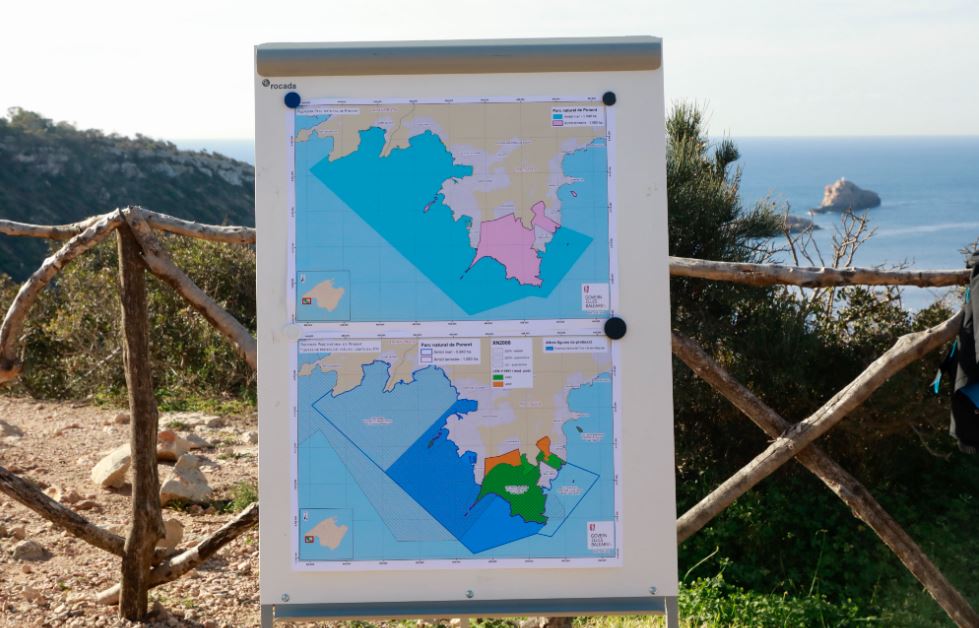
Parc Natural de Ponent. Photo: Govern de les Illes Balears.
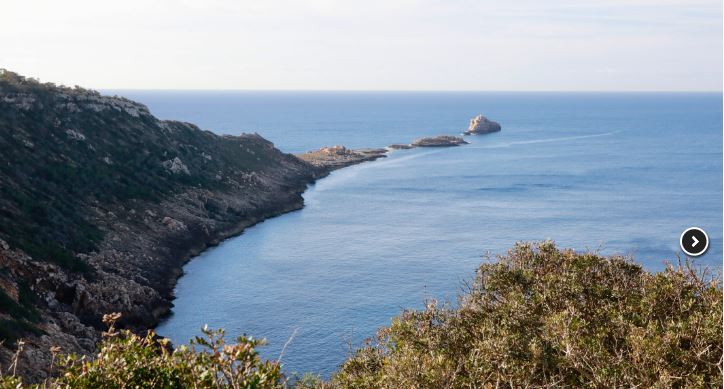

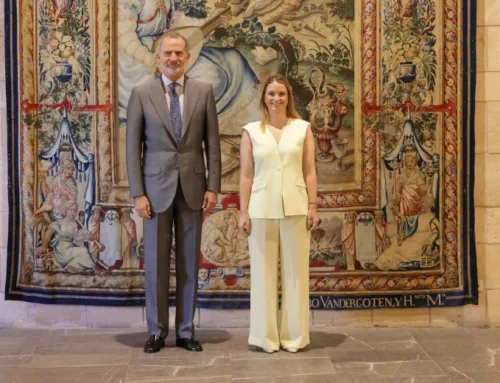
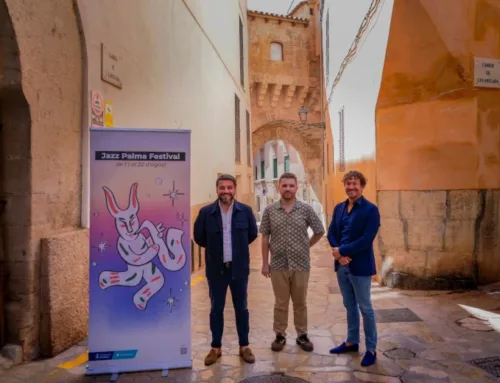

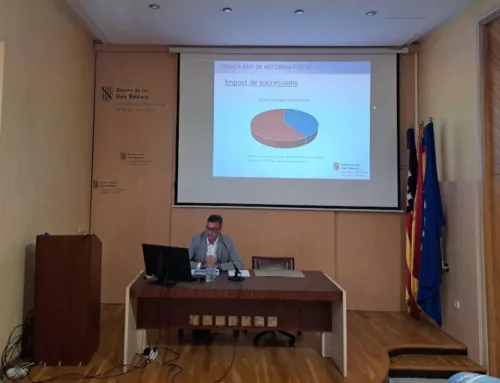
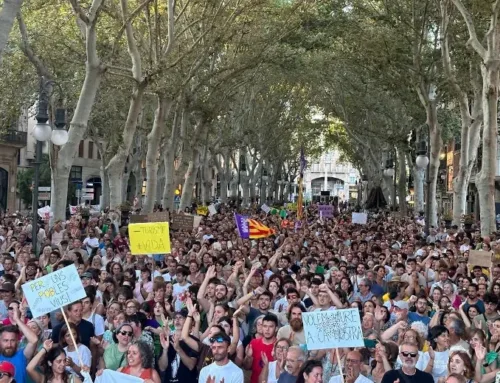

Leave A Comment